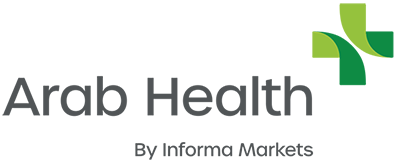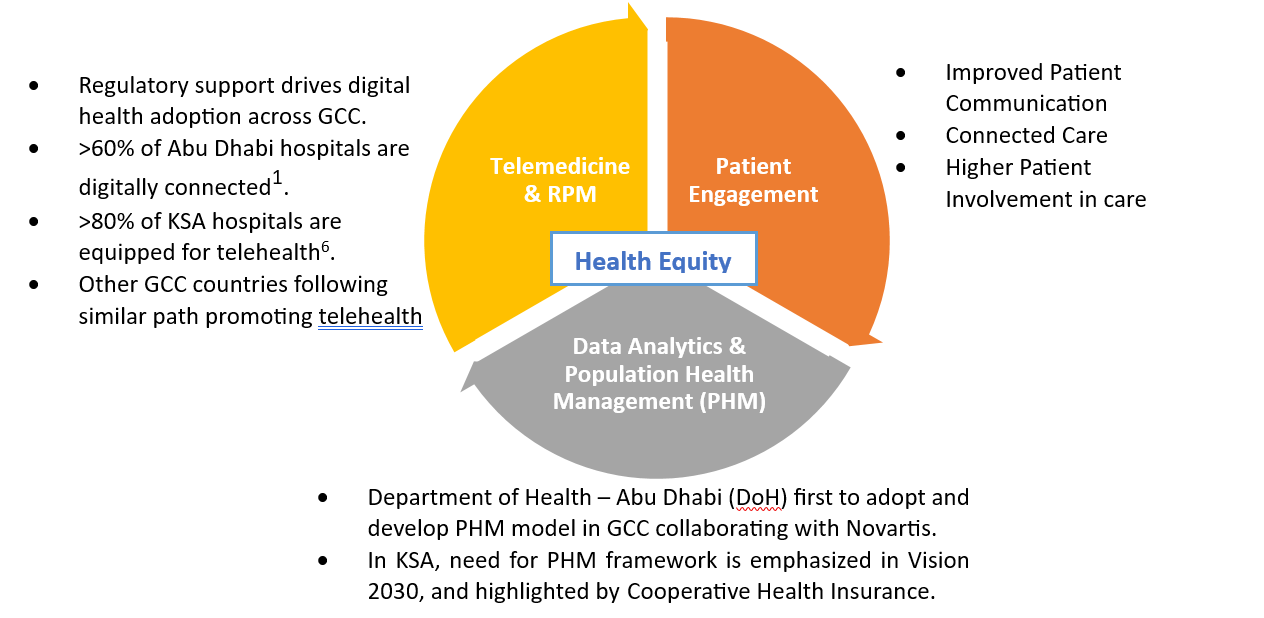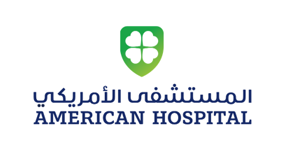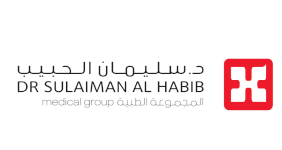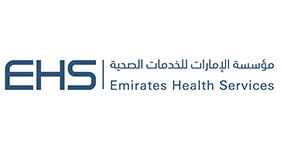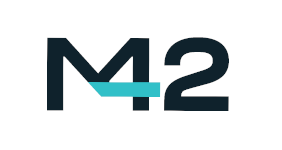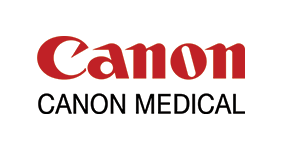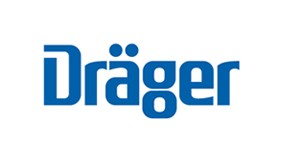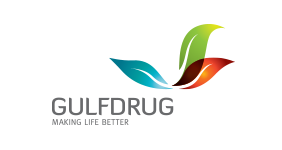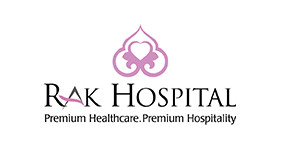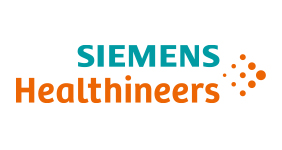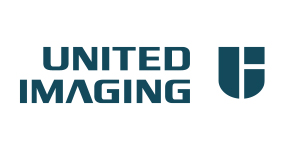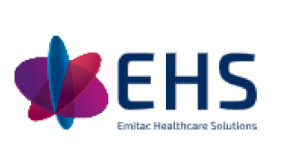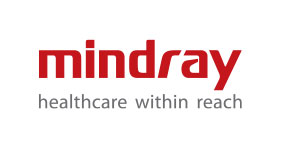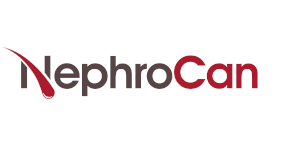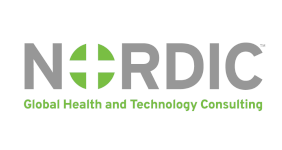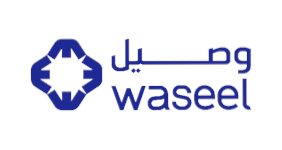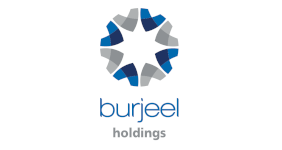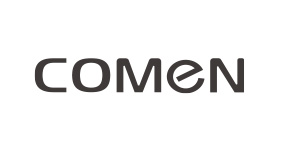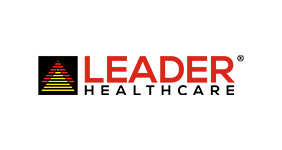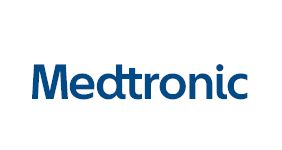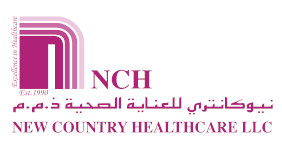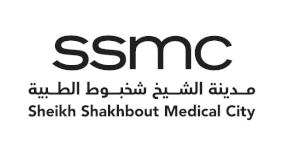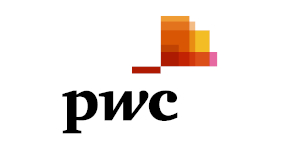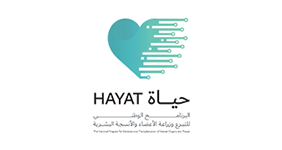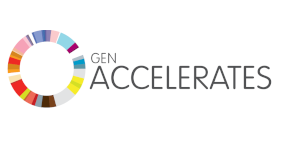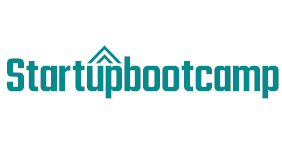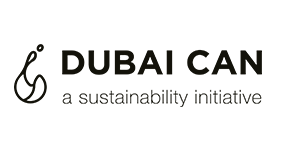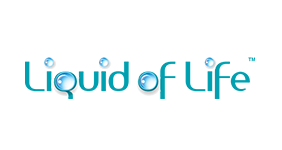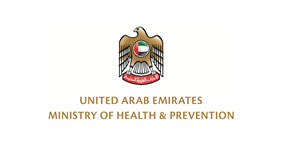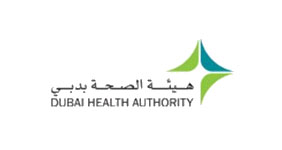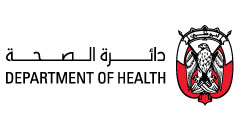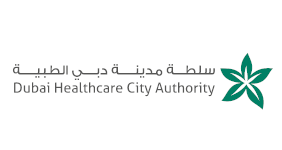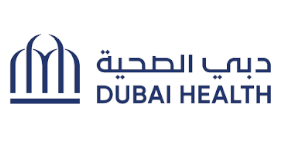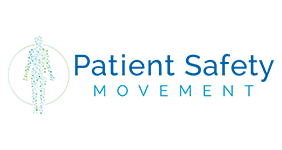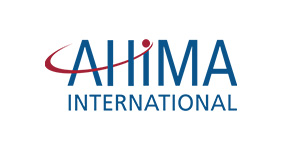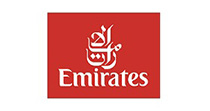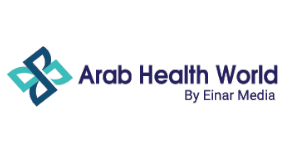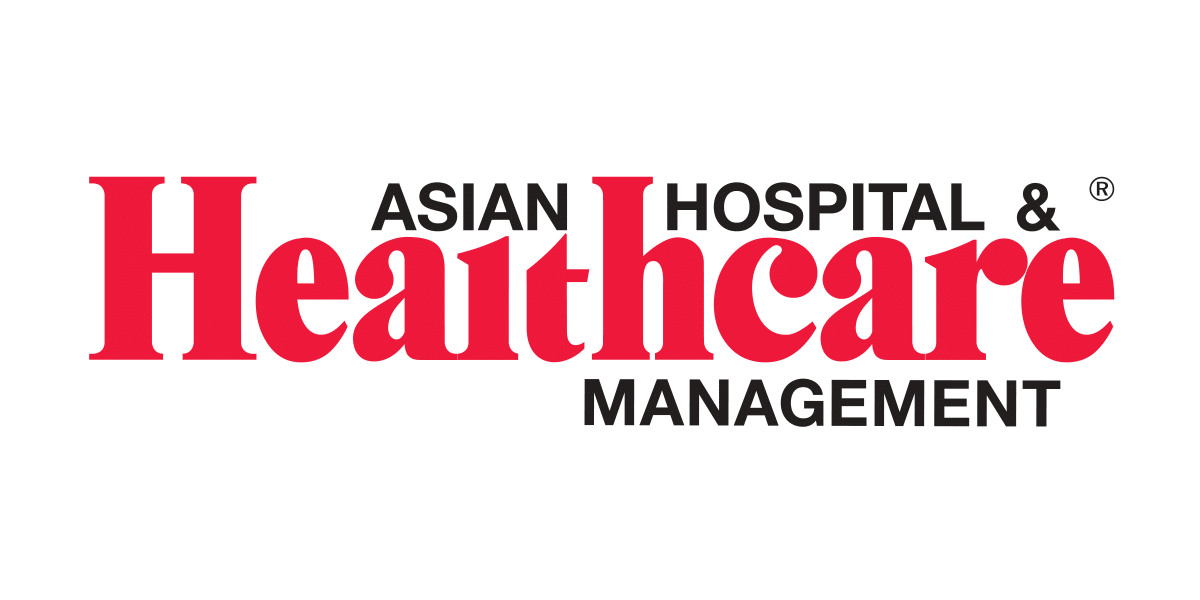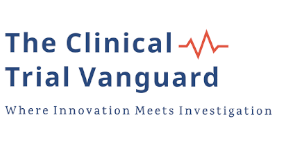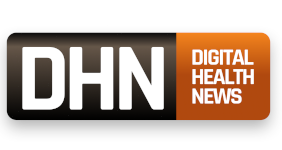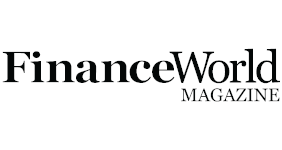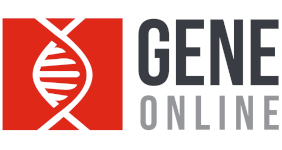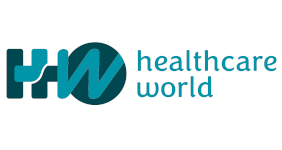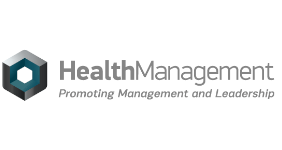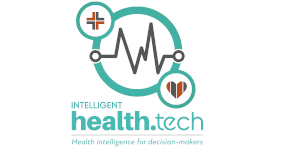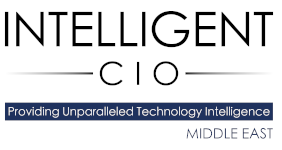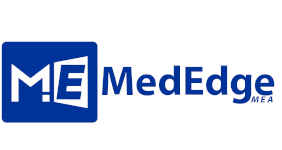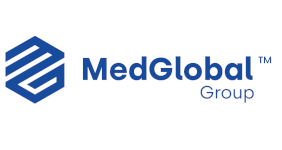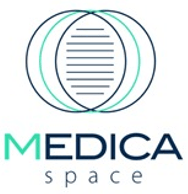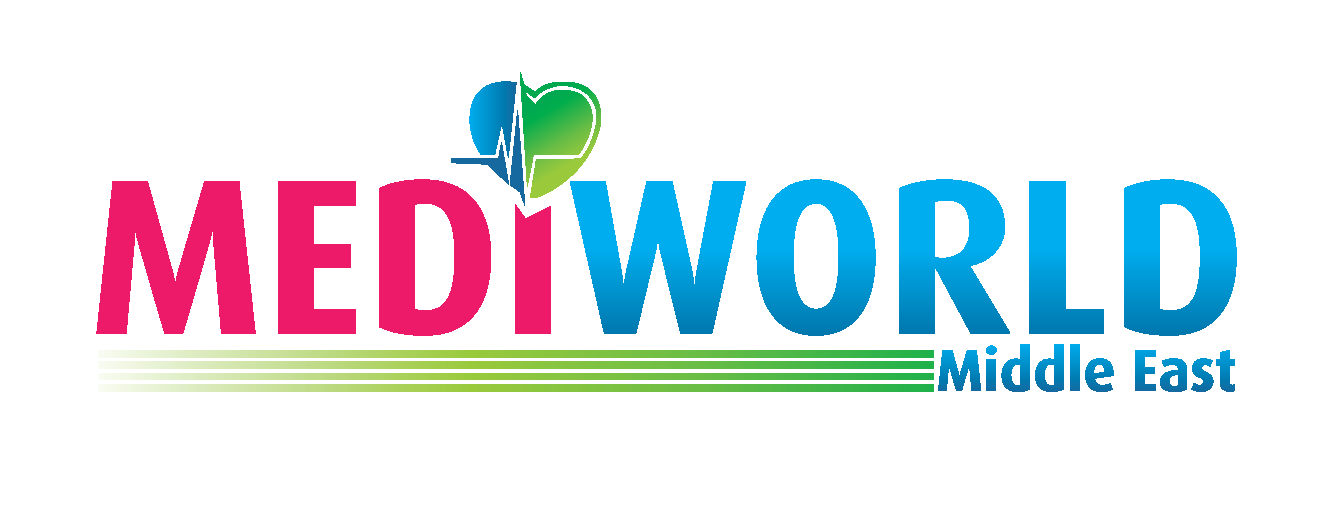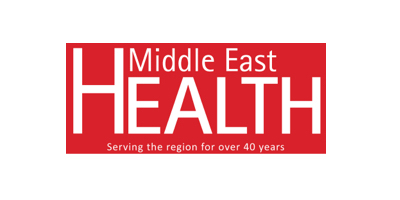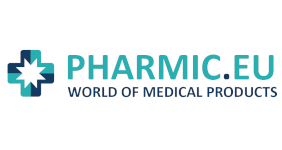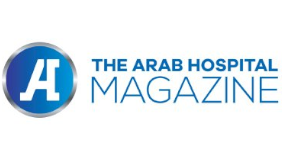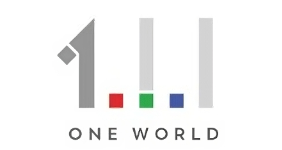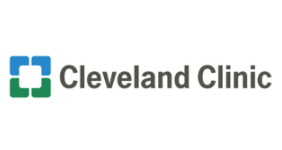Healthcare IT: Are Digital Health Tools and Platforms Crucial to Elevate Public Health Equity?
Authored by: Sagar Mukhekar, Industry Analyst, Healthcare & LifeSciences, Frost & Sullivan
Global health systems have long been struggling with unprecedented challenges of workforce shortages, the pressure of rising healthcare demand, and the need for affordable and equitable access to healthcare. These challenges collectively intensify the global problem of public healthcare inequity. The global health ecosystem is also facing multiple disparities arising from socio-economic status, ethnicity, location (rural vs. urban), gender, and amongst others. Health inequity not only affects healthcare outcomes but also leads to the subsequent rise in healthcare spending due to delayed interventions and increased complexities.
The World Health Organization (WHO) and World Bank 2023 Universal Health Coverage (UHC) Global Monitoring report suggests that over 50% of the global population lacks access to basic healthcare services. It also highlights that the improvement in healthcare coverage has slowed down post-2015, and over 60% of countries have failed to improve healthcare coverage and control healthcare spending.
Health equity is achieved when all sections of the population have attained their full potential for health and well-being, regardless of cultural background or socio-economic status. Identification and reduction of inequities resulting from differences in health and overall living conditions are prerequisites to realizing health equity. The COVID-19 pandemic demonstrated that socioeconomic stability and growth rely on a healthy population, which can be attained with equitable health access. This also highlights the need to focus on the Universal Health Coverage (UHC) initiative that in turn focuses on attaining access to quality healthcare for all populations. WHO recommends that health systems should focus on improving primary healthcare access to progress towards UHC goals. Burdened health systems are struggling to improve healthcare access and need solutions to transform their traditional care delivery approach.
What are the Factors Contributing to the Healthcare Disparities and Impacting Public Health Equity?
Shortage of Healthcare Professionals
Shortage of medical professionals, especially physicians is a global concern as it forbids providing the necessary attention to patients by limiting the time spent on consultation, delaying healthcare access due to longer wait times, and leading to higher costs. Developed as well as developing nations have a large portion of the population that lacks access to primary healthcare services due to a shortage of physicians. WHO reports that there are only about 4 million healthcare professionals, including physicians, nurses, and other staff across the world. WHO report highlights that there will be a shortage of ~10 million healthcare professionals globally by 2030. A recent study (Lin et al. Globalization and Health) highlights that by 2030, there will be a demand for over 175,000 healthcare professionals in Saudi Arabia.
Under-served Global Rural Population
Population living in rural and remote areas across the globe are significantly under-served in terms of primary healthcare services. Rural populations face challenges such as isolated geographies, socio-economic challenges, limited employment, and earning opportunities, as well as limited insurance coverage, lacking employer-sponsored insurance in many cases. Rural populations often need to travel long distances to seek care in hospitals, which leads to delayed treatments, affecting the quality of healthcare. As per the U.S. Census Bureau, over 60 million U.S. population live in rural areas. World Bank 2022 data reports, that 38% of the East Asia & Pacific population and 34% of the Middle East & North Africa population live in rural areas. Such a significant portion of the population faces challenges in healthcare access, leading to a wide gap between urban and rural health equity.
Healthcare Cost
High cost is a major block in healthcare and medication access, affecting uninsured and aged populations the most. Not only the inadequate insurance coverage but high out-of-pocket expenses for the insured population are major barriers to healthcare access. Low-income individuals often skip their medication refills, follow-up visits, and treatment due to barriers such as lack of financial resources, limited education, and inadequate living conditions that impact their overall health. A significant proportion of the population is burdened with healthcare bill debts. OECD data reports over 25% of the population aged 18 or older has faced delayed healthcare access or skipped healthcare visits due to limited affordability in OECD countries. GCC has also witnessed a continued rise in healthcare costs in recent years. Gross inflation rates in the medical sector across the GCC region have been higher than the general inflation rates, falling between 1.8% and 7.5% in 2022 (Alpen Capital Report).
How are Digital Health Tools Contributing to Elevate Public Health Equity?
Digital health technologies such as telehealth, remote patient monitoring (RPM), patient engagement, and population health management hold immense potential to address the challenges leading to healthcare disparities.
Importance of Business Models Addressing SDoH and Imperative for Vendors
- Social Determinants of Health (SDoH) is a gateway that identifies direct and indirect needs in healthcare. Establishing an SDoH business model will require cross-industry partnerships. SDoH which was majorly a US phenomenon is finding its way into the GCC region with initiatives focused on improving SDoH barriers. The focus on wellness and preventive care will catapult investment toward SDOH projects in future such as:
- Quality of Life Program 2020 in KSA focuses on fitness and preventive care. KSA is aiming for a 3% reduction in obesity and anticipates a 10% decrease in diabetes prevalence by 2030.
- 'Doctor for Every Citizen' initiative of the Dubai Health Authority will provide medical service to every citizen at the point of care and Dawaee app for medicine deliver
- Vendors offering digital health solutions that target health equity must include measurable outcomes as a part of their value proposition. They must focus on enabling best utilization of SDoH data that will help manage health and well-being, long-term chronic conditions, and quality of life and sustain the demand for SDoH deficiency solutions.
- LexisNexis Risk Solutions is one such SDoH based offering that helps health systems in sourcing, collection, normalization, and integration of socioeconomic data and offers the framework for ethical utilization of SDOH data supporting better health outcomes.
Regional Digital Health Developments to Promote Public Health Equity
Saudi Arabia and UAE are front-runners in the digital health sector in the GCC region. Dubai Healthcare City Authority report estimates the combined digital health industry in Saudi Arabia and UAE to be valued at $4.0 billion by 2026. The digital health industry in the GCC region is supported by a favorable growth environment with growing investment in digital healthcare infrastructure, high consumer readiness for digital health, a fast-growing healthcare technology start-up ecosystem, and government support for digital health and focus on public-private partnerships aimed at the digital transformation of healthcare. Digital health investment is
rising consistently, with a focus on virtual care, remote patient monitoring, and artificial intelligence. GCC region especially KSA and UAE are well positioned and
prepared to embrace technology and innovation in healthcare establishing solid infrastructure to advance public health equity goals. Following are the key highlights/developments in the GCC region promoting digital health:
- Digital Health investment in the GCC region is rising, estimated to grow from $0.5 billion to $1.2 billion in the coming two years(2).
- Saudi Arabia has planned to invest ~$65 billion in healthcare infrastructure by 2030. Around 40% to 50% of this investment will be targeted at infrastructure till 2025, and post-2025, the investment will be focused on digital technologies and medical products(3).
- Other GCC countries such as Bahrain and Qatar are also focusing on healthcare infrastructure development.
Growth Opportunities and Future Disruptions Frost & Sullivan has identified the top three opportunities within digital health solutions for health equity.
1. Growing Public-Private Partnerships for Healthcare Transformation in GCC
- Governments across the GCC region have been focusing on redefining their role in development and provision of healthcare with the aim to shift this responsibility to private players through public-private partnerships. It is further supported by ease in foreign investment regulations which has led to growing participation of private players and foreign investors in healthcare sector across the GCC region. Major countries including UAE, KSA, and Kuwait aim to establish them as a PPP hub focusing on investment strategy and regulations to attract private investments in large-scale healthcare projects.
- Public-private partnerships will help governments reduce their investment in direct healthcare delivery and enable them to allocate those resources to other important public initiatives. Private players and foreign investors will benefit from the business growth opportunities by investing in the rapidly growing healthcare market in the GCC region ultimately supporting enhanced health equity.
- For instance, a recent public-private partnership named Unison was formed between GE Healthcare, the Ministry of Health and Prevention (MOHAP), and Abu Dhabi International Medical Services to create the first public-sector teleradiology capability in the UAE. Abu Dhabi Health Data Services (ADHDS) was another PPP between the Abu Dhabi Department of Health and Injazat Data Systems, a subsidiary of Mubadala global investment company that worked on Malaffi, the country’s first Health Information Exchange (HIE) platform.
By fostering collaboration and creating an investment-friendly environment for both private and foreign entities, the GCC countries can enhance their healthcare infrastructure and drive digital transformation. This, in turn, will contribute to promoting health equity by ensuring improved access to high-quality healthcare services.
2. AI, ML, IoMT, and Cloud Computing for Connected Remote Care:
- Lack of healthcare specialists creates an opportunity for RPM services. Internet of Medical Things (IoMT), AI, and Big Data analytics are leading to new RPM applications. Start-ups working in these segments have seen an influx in investments from venture capitalists and there is further support from government initiatives.
- The UAE government, which has already rolled out the National Artificial Intelligence Strategy 2031, is taking steps to embrace mHealth, Population Health Management (PHM), femtech, and clinical decision support systems over the next decade. Moreover, KSA through the launch of 'Vision 2030’ for healthcare has added multiple initiatives for AI utilization in healthcare, especially for mobile health apps, telemedicine, as well as electronic health records. Additionally, Cerner and American Hospital Dubai have launched the first AI research center that focuses on enhancing the RPM experience using connected devices.
- More than 50% of hospitals in the UAE use IoT-based solutions, making technology mainstream in the Middle East(4). UAE and KSA RPM markets are forecasted to cross $150 million combined by 2028(5) and are ripe GCC markets for growth opportunities. RPM-enabling companies should leverage the potential of this market. Telehealth pure-play companies should target the growing demand for fully automated medical-grade remote care devices with capabilities such as AI and cloud-based data transfer that can be accessed by providers anytime and anywhere.
3. Expanding Telehealth Use Cases in GCC
- Telehealth has been recognized as one of the ideal ways of delivering remote care effectively (as clear from the evidence collected). Policymakers have been looking for ways of increasing access to quality telehealth services as well as expanding the use cases of telehealth to cover more health conditions while providers have been enhancing their telehealth capabilities.
- Recently, the Sultanate of Oman proposed an initiative to launch telemedicine facilities targeting rare diseases. The initiative aims to establish an integrated electronic platform for all the GCC member countries targeting better medical collaboration and treatment across the region. In 2022, the KSA Ministry launched the Health Saudi Telehealth Network initiative to connect specialized healthcare facilities with primary care centers and hospitals from remote areas through telemedicine improving access and quality of healthcare services.
- Providers on the other hand are positive towards the digitalization of healthcare as telehealth adoption is over 80% in UAE hospitals while KSA is marching towards the same path(6). Almost 90% of doctors use smartphones and medical apps to offer healthcare4. The combined Telehealth market in UAE and KSA is expected to cross $1.5 billion by 2028.
Providers’ positive approach toward digital health presents an ideal growth environment for telehealth technology vendors in the GCC region. The growing telehealth
market will allow telehealth vendors to leverage their position as enablers of equitable healthcare access in the region. Virtual care vendors hold the key to digital literacy and health equity and should design technology that addresses the challenges that communities face.
Conclusions:
Promoting health equity stands as a paramount objective for regions globally. Adoption and effective utilization of digital health tools/platforms are imperative for health systems to advance toward health equity improvement. However, the availability of healthcare IT infrastructure, government support, consumer readiness, and Techquity (equitable access to technology) is vital to achieving health equity through digital health tools. Both developing regions and certain segments of developed areas have encountered challenges related to the digital divide (internet access, smartphone penetration, digital awareness), however, the GCC region has no such
restraints in their digital transformation journey. The increasing investments in digital health, widespread digital access among the majority of the population, and supportive government initiatives are propelling the GCC region toward significant progress in healthcare digital transformation, ultimately advancing public health equity.
Sources:
(1) https://www.healthcareitnews.com/news/emea/more-60-abu-dhabi-hospitals-now-digitally-connected
(3) International Trade Administration
(4) GCC Healthcare Industry Report, March 20, 2023 by Alpen Capital
(5) Frost & Sullivan Analysis
(6) L.E.K. Consulting and Guidepoint Survey 2023
